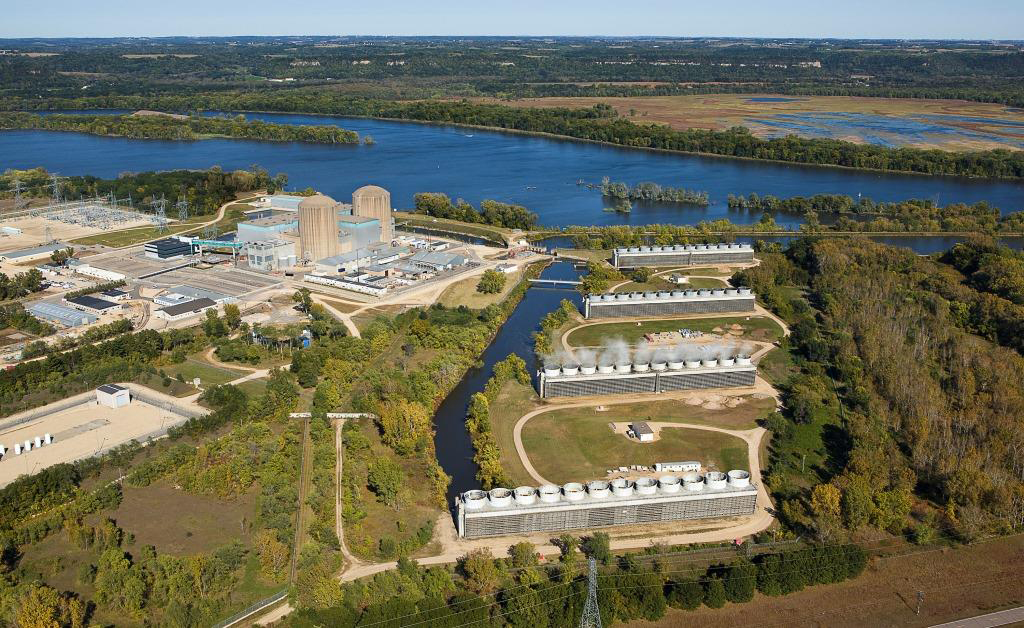The Nine Mile Point nuclear power plant in Oswego, N.Y., site of a DOE hydrogen demonstration project. (Photo: DOE)
As hydrogen production increases worldwide, some see clean hydrogen as a game-changer when it comes to decarbonizing the steel industry.
Steel production is one of the “hard-to-abate” sectors of industry, which are responsible for about 30 percent of global carbon emissions. These industries are tough to decarbonize because the technologies either do not yet exist or are considered uneconomical.
Concept art of a Rolls-Royce SMR plant. (Image: Rolls-Royce)
ULC-Energy, a nuclear development and consultancy company based in the Netherlands, has signed a memorandum of intent with Danish carbon emission reduction technology firm Topsoe and Britain’s Rolls-Royce SMR to investigate the production of hydrogen using Topsoe’s solid oxide electrolysis cell (SOEC) technology and electricity and heat from a Rolls-Royce small modular reactor plant.
May 5, 2023, 3:03PMNuclear NewsCory Hatch and Richard Boardman At INL’s HTSE testing facility, researchers are advancing hydrogen production by shepherding HTSE through a series of technological advancements, economic analyses, and testing. (Photo: INL)
On December 20, 1951, researchers used energy produced by Experimental Breeder Reactor-I near Arco, Idaho, to illuminate four 200-watt lightbulbs. Since then, utilities have built commercial nuclear power plants in the United States almost exclusively to generate electricity. This has worked well alongside other power generation and transmission infrastructure—large oil- and coal-fired, natural gas turbine or hydroelectric plants, and a relatively simple electrical grid designed to deliver reliable power.
Humanity is now embarking on an epic and complex energy transformation across the grid, industry, and transportation. Renewables like wind and solar are contributing an increasing share of carbon-free electricity to the grid, but that contribution is variable and hard to predict—sometimes those sources produce more electricity than the grid needs, and sometimes less.
From left: Francesco Venneri, chief executive officer of USNC; Hong Hyun-seong, CEO of Hyundai Engineering; and Park Kyung-il, CEO of SK ecoplant, following the signing of an MOU for the construction of a hydrogen micro hub. (Photo: USNC)
Seattle’s Ultra Safe Nuclear (USNC) has announced a partnership with two South Korean firms—Hyundai Engineering and SK ecoplant—for research and development on carbon-free hydrogen production. The three companies signed a memorandum of understanding on April 20 regarding the construction of a “hydrogen micro hub” at SK ecoplant’s headquarters in Seoul’s Jongno-gu district.
U.S. special envoy for climate John Kerry at COP27. (Photo: Embassy of Ukraine in the United States of America)
U.S. special envoy for climate John Kerry and Ukraine’s minister of energy German Galushchenko have announced a two-to-three-year pilot project aimed at demonstrating the commercial-scale production of clean hydrogen and ammonia from small modular reactors in Ukraine using solid oxide electrolysis.
A depiction of an electrolyzer from Bloom Energy. (Photo: Bloom Energy)
Using nuclear power technology to produce clean hydrogen is getting a visibility boost as the Department of Energy hosts a virtual three-day (June 6–8) Annual Merit Review and Peer Evaluation Meeting on the agency’s efforts to accelerate clean hydrogen production. On June 6, the DOE announced a notice of intent (NOI) to fund the Bipartisan Infrastructure Law’s $8 billion program to develop regional clean hydrogen hubs (H2Hubs) and the launch of a new Hydrogen Shot Incubator Prize that seeks “disruptive technologies” to reduce the cost of clean hydrogen production. That same day, Westinghouse Electric Company and Bloom Energy Corp. (a maker of solid oxide electrolyzer technology) announced a letter of intent to develop electrolyzers for use in the commercial nuclear power market and said they are “well positioned to support the U.S. Department of Energy’s developing hydrogen hubs.”
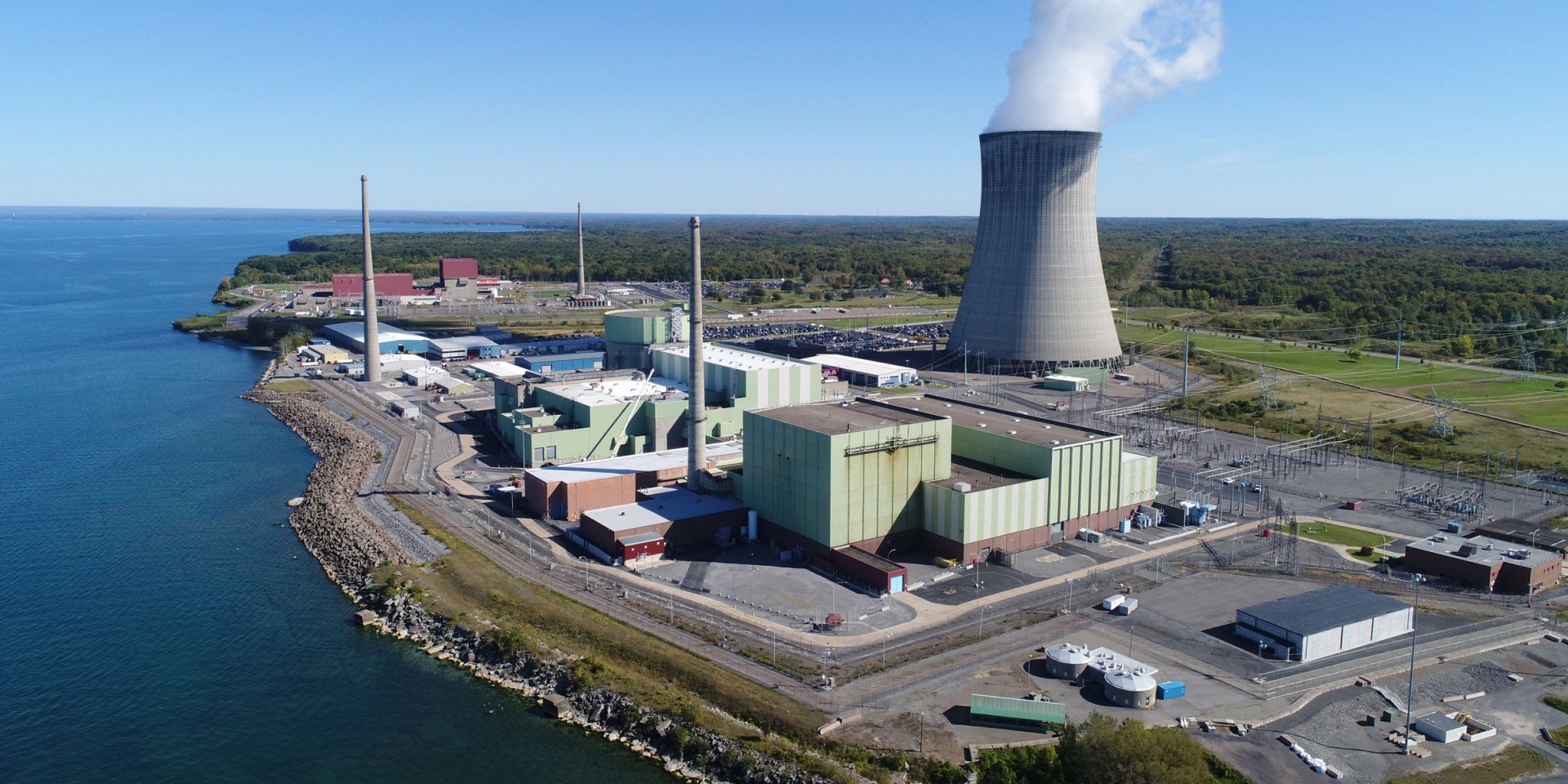




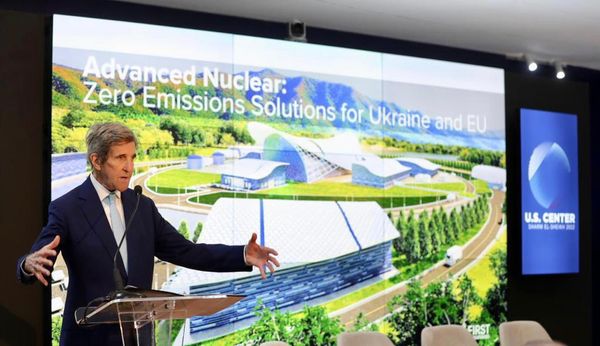
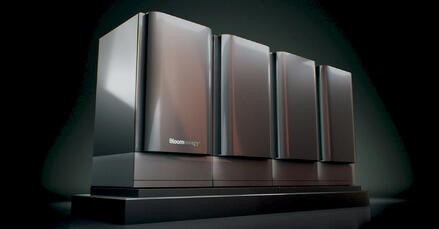
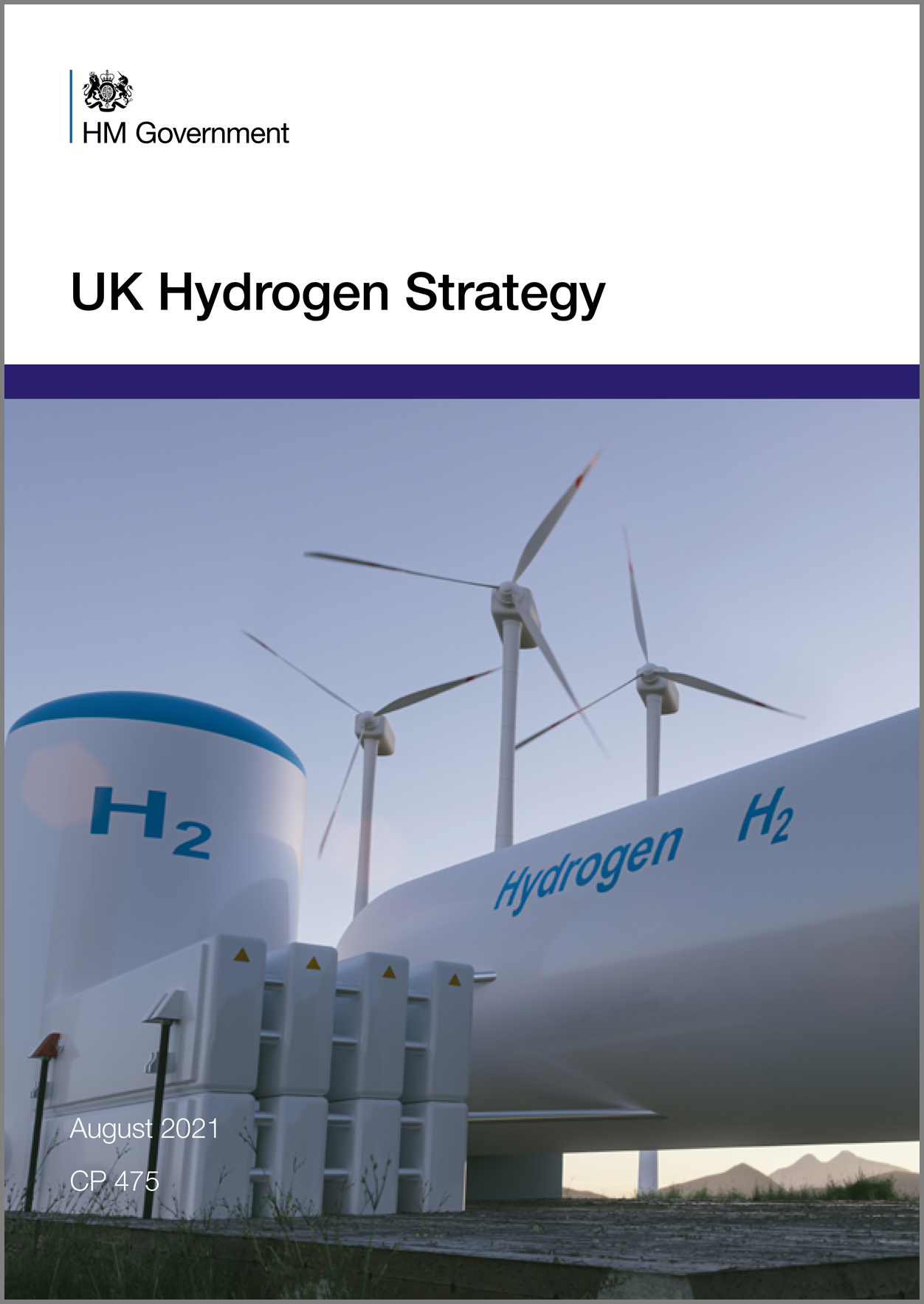 The U.K. government last week announced the release of its
The U.K. government last week announced the release of its 



